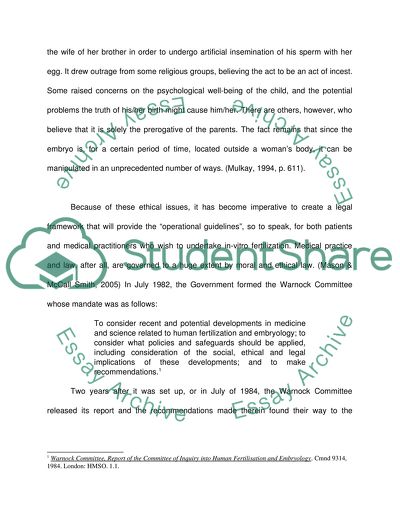Cite this document
(“In-vitro Fertilization Essay Example | Topics and Well Written Essays - 2000 words”, n.d.)
In-vitro Fertilization Essay Example | Topics and Well Written Essays - 2000 words. Retrieved from https://studentshare.org/health-sciences-medicine/1502509-in-vitro-fertilization
In-vitro Fertilization Essay Example | Topics and Well Written Essays - 2000 words. Retrieved from https://studentshare.org/health-sciences-medicine/1502509-in-vitro-fertilization
(In-Vitro Fertilization Essay Example | Topics and Well Written Essays - 2000 Words)
In-Vitro Fertilization Essay Example | Topics and Well Written Essays - 2000 Words. https://studentshare.org/health-sciences-medicine/1502509-in-vitro-fertilization.
In-Vitro Fertilization Essay Example | Topics and Well Written Essays - 2000 Words. https://studentshare.org/health-sciences-medicine/1502509-in-vitro-fertilization.
“In-Vitro Fertilization Essay Example | Topics and Well Written Essays - 2000 Words”, n.d. https://studentshare.org/health-sciences-medicine/1502509-in-vitro-fertilization.


